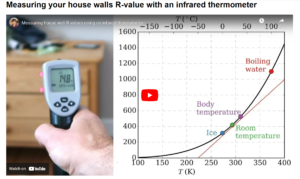The Climate Action Simulation is a highly interactive, role-playing game for groups to explore the different stakeholders and solutions that need to come together to take action on climate change. It is framed by the En-ROADS simulator, which allows participants to rapidly assess the impacts of different solutions to climate change—like energy supply subsidies, energy efficiency, or land use changes. The game is conducted as a simulated emergency climate summit organized by the United Nations to establish a concrete plan to limit global warming by bringing together government, business, and civil society representatives. This game is a fun format for large groups to explore climate change solutions and see what it would really take to address this global challenge. The Climate Action Simulation was co-developed by Climate Interactive, the MIT Sustainability Initiative, and the UMass Lowell Climate Change Initiative.




